18 Things We Used To Put Up With In Gym Class That Wouldn’t Fly Today
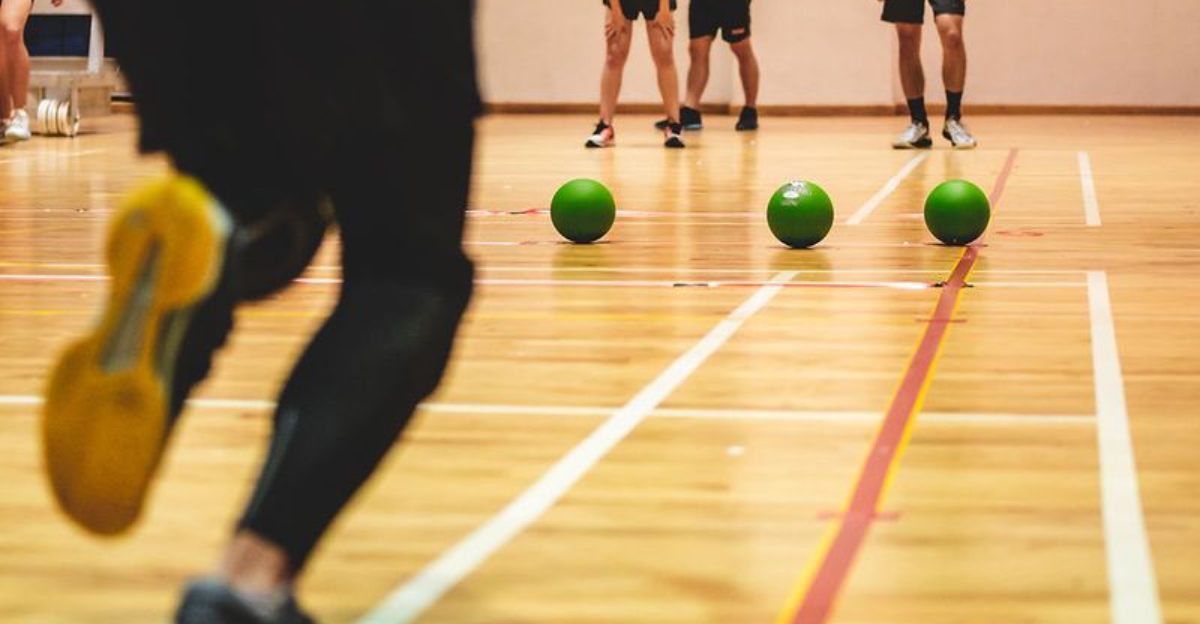
Remember those sweaty, sometimes torturous gym classes from back in the day? Oh yes, the ones that felt more like boot camp than a break from algebra.
As kids, we bravely endured physical education sessions that, by today’s standards, would leave modern parents and educators clutching their pearls. Dodgeballs felt like missiles, climbing ropes seemed like they reached the moon, and don’t even mention the dreaded “shirts vs. skins” games. Yikes.
Safety gear? Optional. Emotional damage? Practically guaranteed. Whether it was being picked last, doing endless laps in 90-degree heat, or surviving the unpadded pommel horse, we considered it all just part of the school experience.
So grab your tube socks and whistle—let’s take a nostalgic (and slightly traumatic) jog down memory lane to relive the gym class horrors that time wisely left behind.
1. Dodgeball with Leather Cannonballs
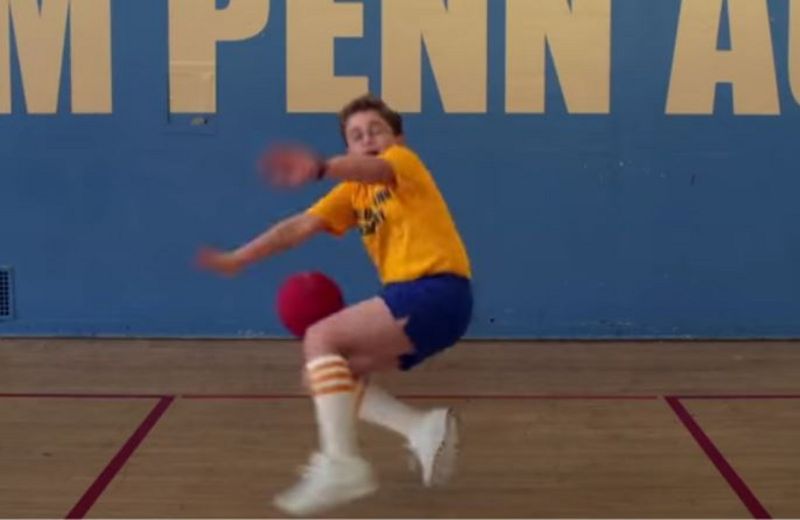
Those rock-hard leather dodgeballs felt like they were designed by sadists! I still remember Jimmy Peterson’s bloody nose in fifth grade when he caught one straight to the face.
The sting of those dense spheres left welts that lasted for days, yet teachers would simply shout, “Walk it off!” when someone got nailed. No ice packs, no sympathy.
Today’s foam alternatives might seem wimpy to us survivors, but at least kids aren’t leaving gym class looking like they’ve gone three rounds in a boxing ring.
2. Climbing Ropes with Concrete Floors Below

Dangling thirty feet above a hard gym floor with nothing but certain injury waiting below if you slipped? Perfectly acceptable! My palms still burn thinking about those rough hemp ropes we had to shimmy up while the whole class watched.
Coach would bark “All the way to the ceiling!” as if we were training for some medieval castle siege. The rope burn was real, and the fear of falling was even more intense.
Modern gym classes now feature proper crash mats, height limits, and sometimes even harnesses – revolutionary concepts like “student safety” apparently caught on.
3. Public Team Selections

Nothing crushed a kid’s spirit quite like standing in that dwindling line of unchosen students during team picks. I was usually somewhere in the middle – not first-round material but not last-pick embarrassing either.
Popular kids became instant captains while the less athletic among us silently prayed not to be the final choice. The ritual created a social hierarchy that followed us from gym class to cafeteria.
Schools now use methods like random assignment or pre-selected balanced teams, sparing children from this public ranking system that taught us exactly where we stood in the pecking order.
4. Shirts vs. Skins Basketball
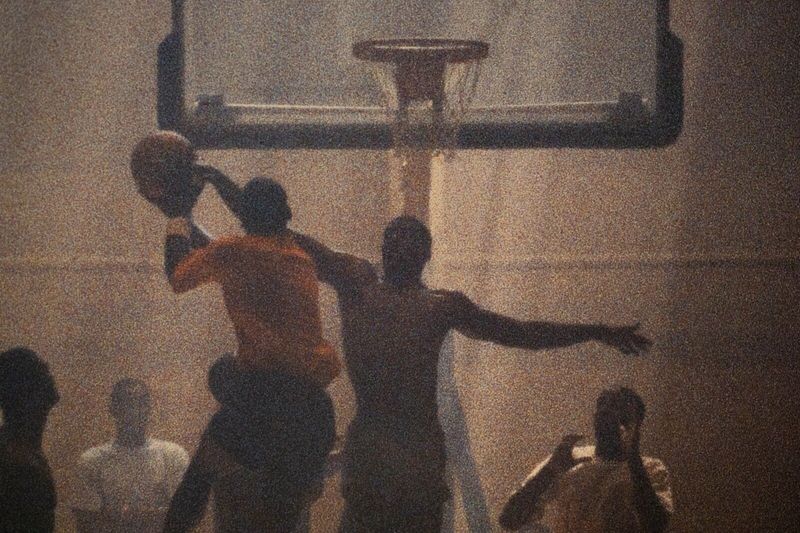
“Johnson, Matthews, Patel – you’re skins!” Those dreaded words meant half the boys would be forced to strip down regardless of comfort level. As a chubby kid, this was my personal nightmare scenario.
Coach never considered that some of us were dealing with body image issues or early puberty changes. The humiliation of removing shirts while girls giggled from the bleachers created lasting insecurities.
Colored pinnies or vests have mercifully replaced this practice, allowing students to distinguish teams without the unnecessary semi-nudity that once plagued our basketball games.
5. Running Laps as Punishment
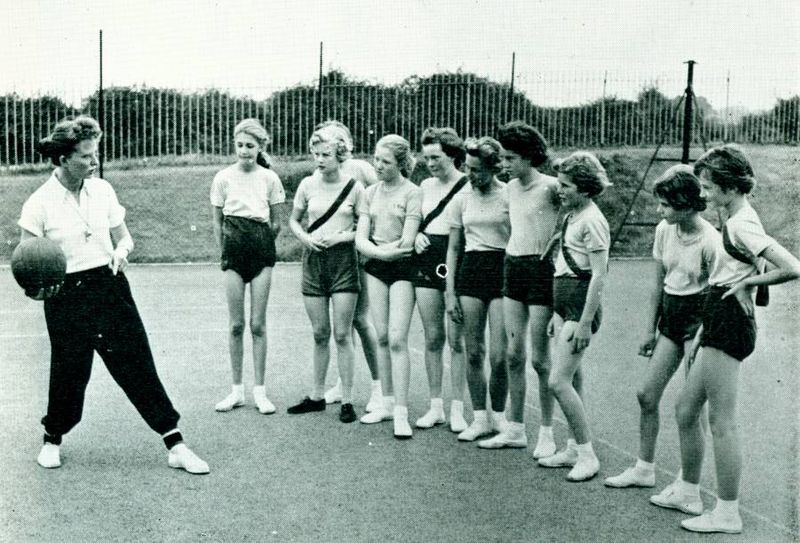
Talked during instructions? That’s five laps! Failed the fitness test? Run until the period ends! My seventh-grade teacher’s favorite disciplinary tool was cardiovascular torture.
Using exercise as punishment created generations who associate running with shame rather than health. The worst part was watching the same kids circle the gym daily while developing a deep hatred for physical activity.
Modern physical education focuses on making movement enjoyable instead of punitive. Teachers now understand that turning exercise into punishment creates adults who avoid fitness altogether – a lesson learned far too late for my exercise-averse generation.
6. Square Dancing with Assigned Partners
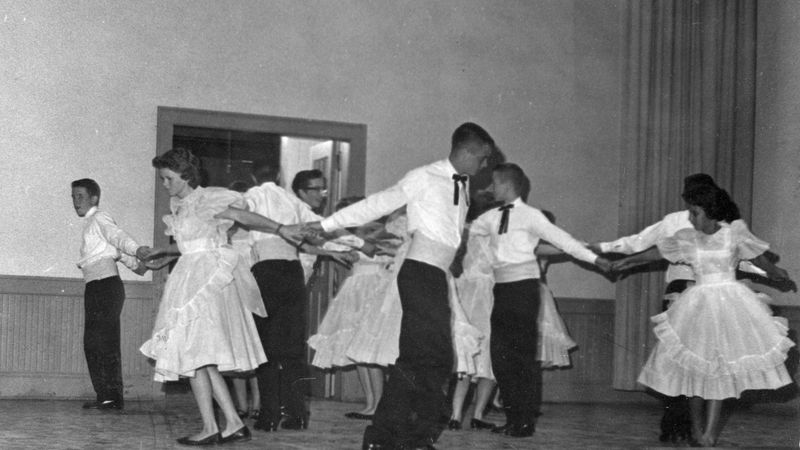
For two horrifying weeks each year, our gym transformed into a forced-contact social experiment called square dancing. Sweaty hand-holding with your crush or worst enemy was non-negotiable.
The awkward do-si-dos and promenading created a tension so thick you could cut it with a knife. Boys would intentionally wipe their palms on their shorts before reluctantly taking a girl’s hand, while we all silently counted the minutes until freedom.
Today’s physical education emphasizes student choice and comfort levels. Partner activities now include options that don’t require prolonged physical contact during the already uncomfortable middle school years.
7. Presidential Fitness Test Humiliation
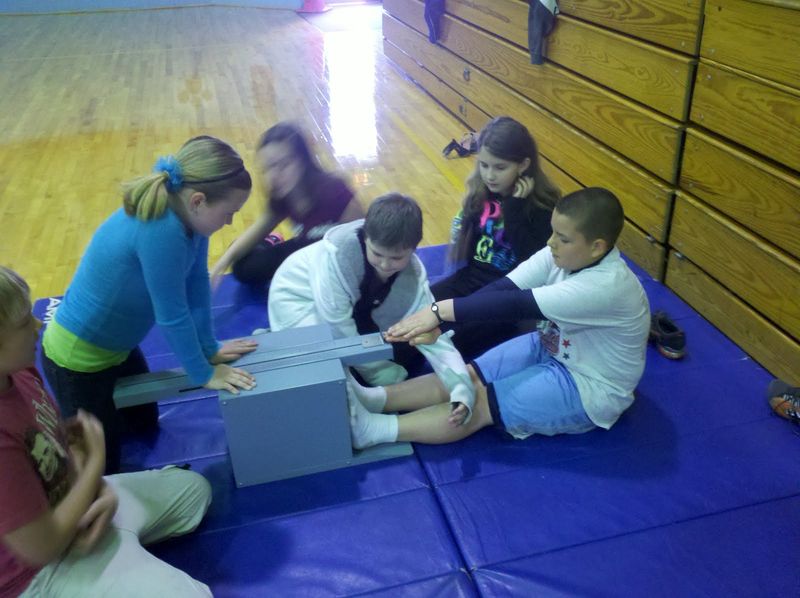
The Presidential Fitness Test wasn’t just an assessment – it was a public spectacle! I still have flashbacks to struggling through a single pull-up while classmates counted loudly.
The sit-and-reach, shuttle run, and dreaded mile were performed one by one as peers watched and results were announced for all to hear. Those unable to meet standards received no certificate while the naturally athletic kids earned presidential praise.
Modern fitness assessments are now conducted privately, with personal improvement emphasized over comparison. Schools recognize that publicly ranking children’s physical abilities serves no educational purpose except to discourage those who need encouragement most.
8. Mandatory Group Showers
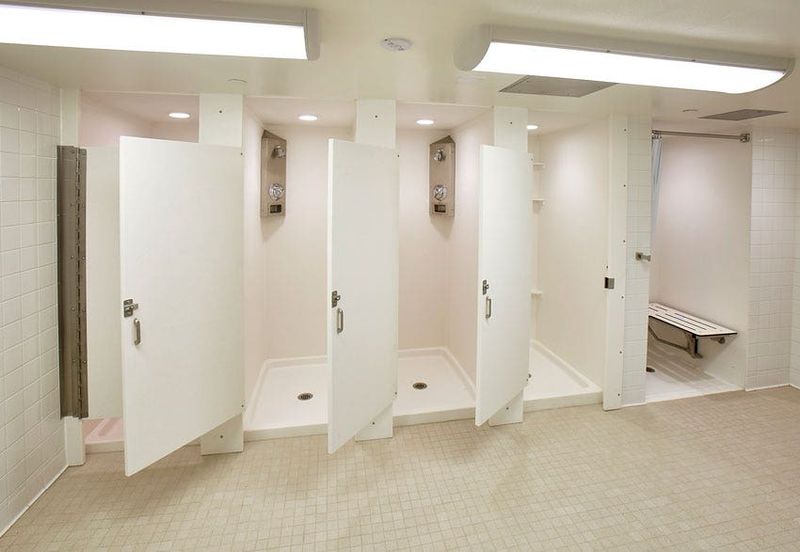
Nothing says “welcome to adolescence” quite like being forced to shower naked with twenty other awkward teenagers! The exposed communal showers with their lukewarm water and suspicious floors were a special kind of torture.
Some brave souls would dash through for a three-second rinse while others (like me) developed elaborate schemes to avoid showering altogether. The lack of privacy during our most self-conscious years was truly baffling.
Schools now provide private stall options or have eliminated mandatory shower policies entirely. The recognition that forced nudity might not be essential to education has been a welcome evolution in physical education practices.
9. Vaulting Over Wooden Horses
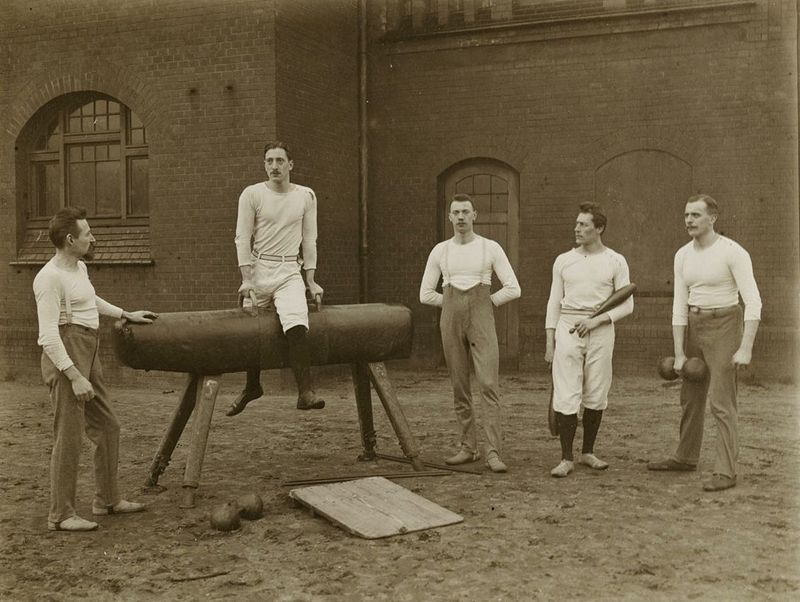
Launching yourself over a rock-hard wooden vaulting horse was basically an invitation for injury! My friend Stacy chipped her tooth attempting this medieval torture device during our freshman year.
The approach run, the desperate grab for the handles, and the prayer that you wouldn’t straddle the horse painfully or face-plant on the other side – pure terror. The thin, worn mat beneath offered minimal protection for the inevitable falls.
Modern gymnastics equipment features properly padded surfaces, appropriate height adjustments, and progressive skill building. The focus has shifted from “do it or fail” to actually teaching techniques that prevent injuries.
10. Unsupervised Weight Rooms

Our high school weight room was basically the Wild West – no spotters required, no technique instruction, just teenage boys trying to outdo each other with dangerous amounts of weight! I witnessed kids attempting bench presses that could have crushed their windpipes.
Coaches would occasionally poke their heads in while we experimented with equipment designed for trained adults. Form and safety were afterthoughts compared to impressing your friends with how much you could lift.
Today’s school weight rooms feature proper supervision, technique training, and age-appropriate equipment. The “figure it out yourself” approach has been replaced with actual instruction – imagine that!
11. Playing Through Injuries
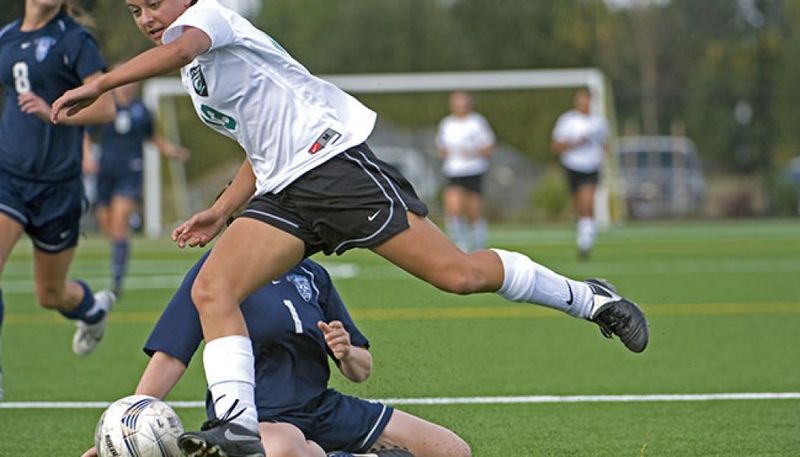
“Rub some dirt on it and get back in there!” Coach Thomas’s medical advice for everything from sprained ankles to possible concussions. Admitting pain was considered weakness, so we limped through activities rather than sit out.
I once played flag football with a throbbing wrist that later turned out to be fractured. The unwritten rule was clear: unless bone was visibly protruding, you were expected to continue.
Modern schools follow concussion protocols and injury assessment procedures rather than the old “walk it off” approach. Teachers now understand that ignoring injuries doesn’t build character – it just leads to more serious medical problems.
12. No Water Breaks Allowed

Water was treated like some rare luxury item rather than a basic necessity! “You can drink when the period is over” was Coach Wilson’s mantra, even during scorching outdoor activities.
We’d run track in 90-degree heat without hydration because apparently water breaks were for the weak. The resulting headaches, dizziness, and occasional fainting were just considered part of the toughening-up process.
Schools now provide regular hydration opportunities and even encourage personal water bottles. The revolutionary concept that dehydrated children don’t perform well athletically has finally caught on, though too late for those of us who experienced the desert-like conditions of 1990s gym class.
13. One-Size-Fits-All Fitness Standards
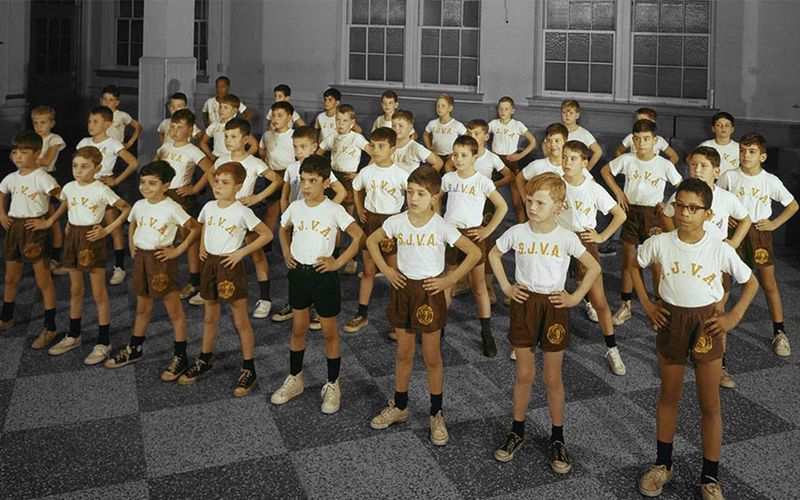
Short, tall, thin, heavy – everyone had to complete the same exact requirements regardless of body type or ability! I was a lanky kid with zero upper body strength expected to perform the same number of pull-ups as the kid who’d been doing farm work since age six.
There was zero accommodation for different body types or recognition that physical development varies wildly during adolescence. The standards were arbitrary and often impossible for many students.
Modern physical education embraces personalized fitness goals and celebrates improvement rather than comparing all students against a single standard. The focus has shifted to developing lifelong fitness habits rather than meeting arbitrary benchmarks.
14. Dangerous Playground Equipment

Our elementary school playground featured the “Wheel of Death” – a giant metal merry-go-round that reached speeds that would make NASA engineers nervous! Centrifugal force would regularly fling children onto the gravel below.
The 15-foot metal slide would become scorching hot in summer and the monkey bars loomed over concrete rather than cushioned surfaces. Tetanus-friendly metal equipment with chipping paint was the norm rather than the exception.
Today’s playgrounds feature appropriate heights, impact-absorbing surfaces, and equipment designed with actual safety standards. The thrill of potential serious injury has been replaced with the radical notion that recreation shouldn’t require hospital visits.
15. Bullying Disguised as “Games”
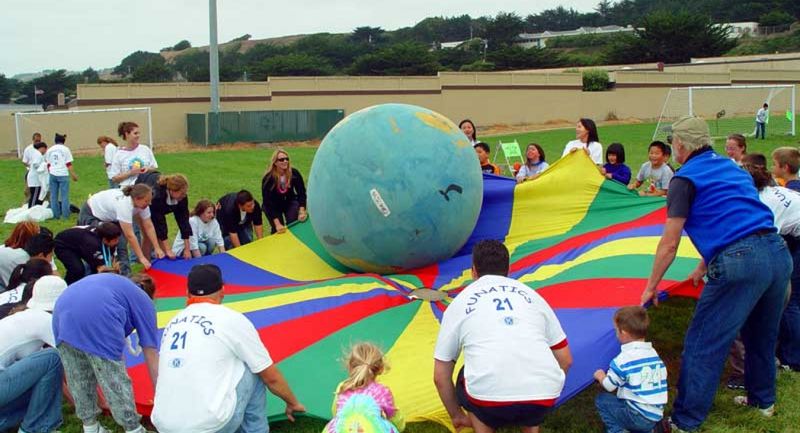
Remember “Smear the Queer”? That charming game where one person got the ball and everyone else tried to tackle them mercilessly? Games like this were thinly veiled opportunities for bigger kids to dominate smaller ones.
Gym teachers often turned a blind eye to these power dynamics, viewing them as character building rather than what they really were – sanctioned bullying. The strongest and most aggressive students thrived while others developed lasting anxiety about physical education.
Modern schools have eliminated games that target individuals or create unsafe power imbalances. Physical education now emphasizes cooperation and inclusion rather than dominance and intimidation.
16. Gender-Segregated Activities
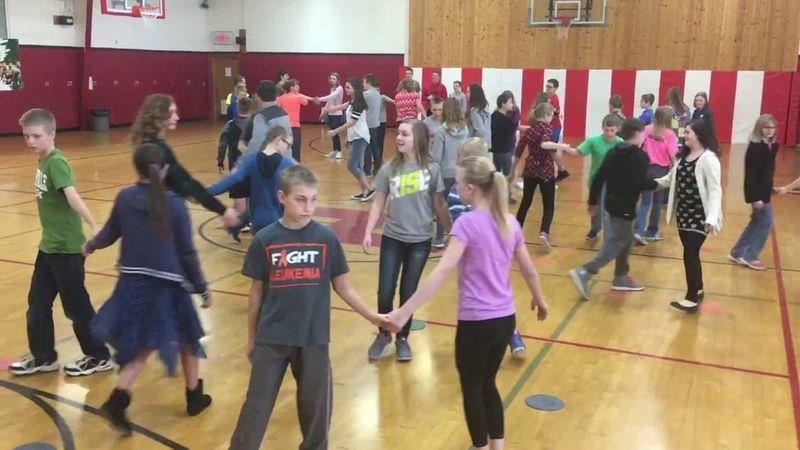
“Girls play volleyball while boys play football” was an unwritten rule that limited everyone’s experiences. I secretly wanted to try football but was automatically shuffled to the “girls’ activities” without question.
Boys who preferred dance or gymnastics faced ridicule, while girls interested in wrestling or flag football had no opportunities to participate. These arbitrary divisions reinforced stereotypes and prevented students from exploring activities they might have excelled at.
Today’s physical education programs offer activity choices based on interest rather than gender. This shift recognizes that physical abilities and interests don’t fall neatly along gender lines, allowing all students to develop diverse skills.
17. No Accommodations for Disabilities

Students with physical disabilities were often either completely excluded or awkwardly forced to “participate” by keeping score or timing activities. My classmate Jason, who used a wheelchair, spent most gym classes sitting on the sidelines.
There was little effort to modify activities or create meaningful inclusion. The message was clear – physical education was designed for typically-abled students only.
Modern physical education programs develop adaptive activities that allow all students to participate meaningfully. Equipment modifications, rule adjustments, and thoughtful inclusion have replaced the old “sit and watch” approach for students with disabilities.
18. Uniforms That Left Nothing to the Imagination
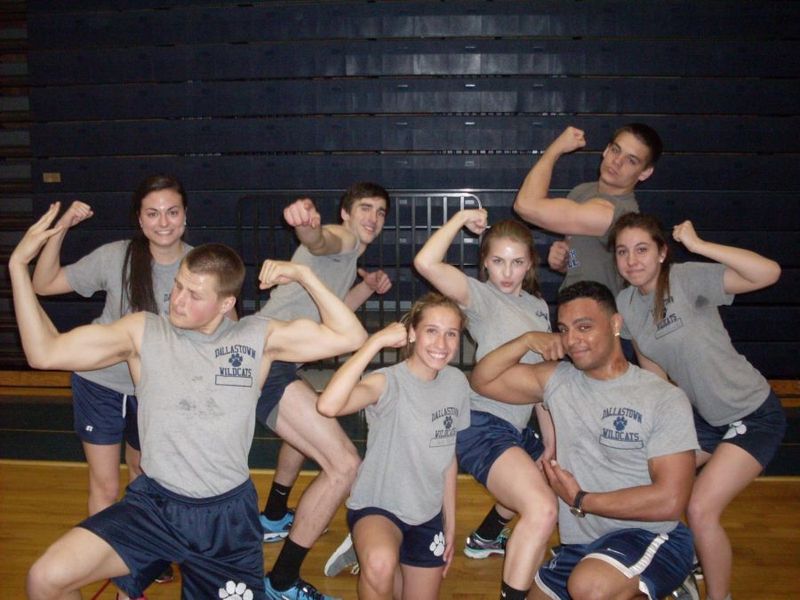
Those paper-thin, ill-fitting gym uniforms were a special kind of humiliation! The boys’ shorts were basically glorified underwear, while girls suffered through bloomers that seemed designed by someone who hated teenagers.
The one-size-fits-none approach meant they were either embarrassingly tight or comically baggy. Add in the requirement that your name be written in huge letters across the back, and you had a recipe for adolescent mortification.
Schools now allow appropriate athletic wear rather than mandating specific uniforms. This change acknowledges that comfort and mobility, not uniformity and embarrassment, should be the priorities for physical education attire.
